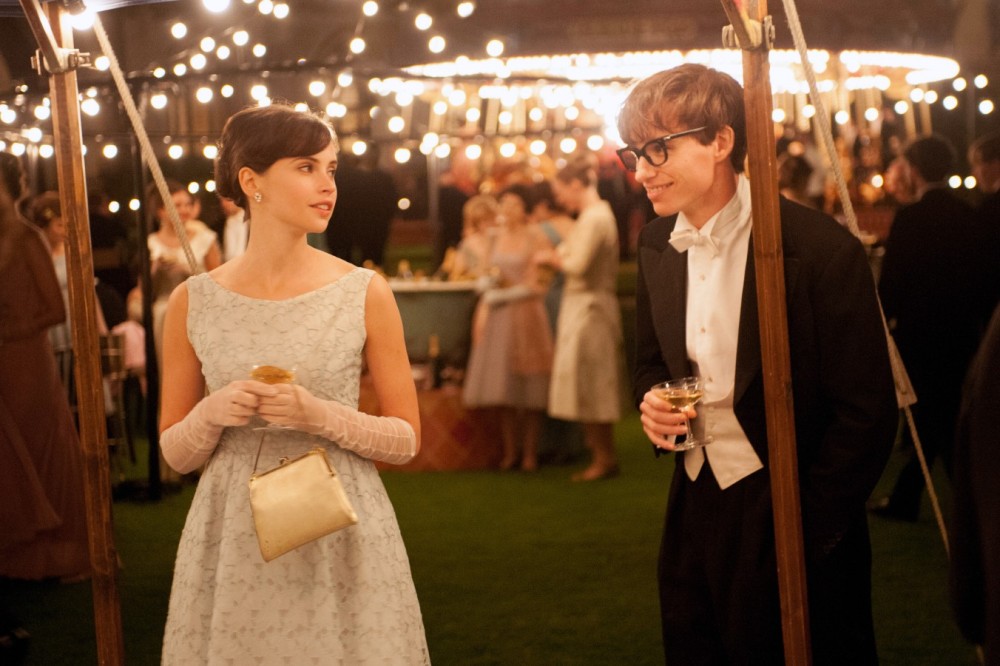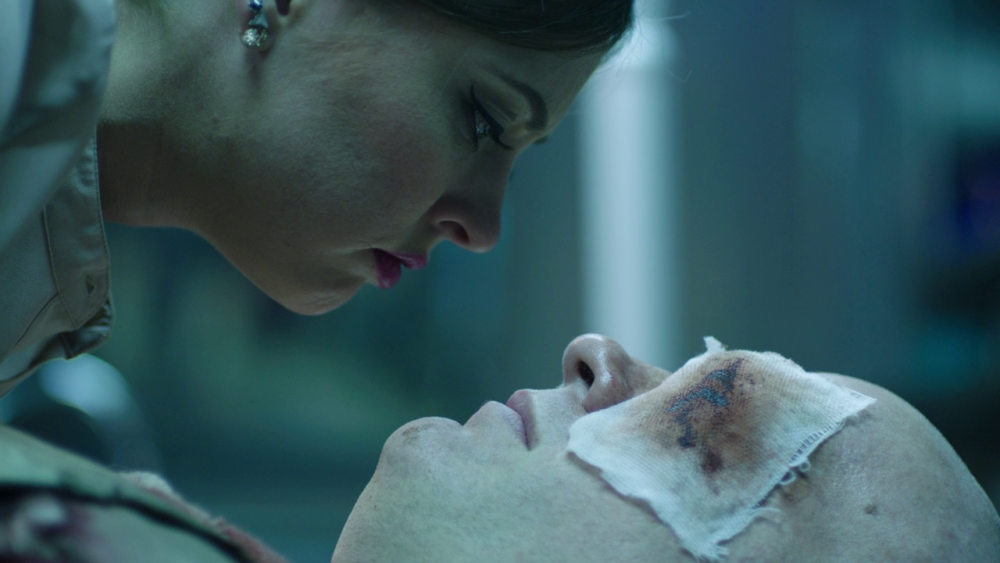Another day, another series of capsules. Here’s the latest bunch of films I’ve seen recently – mostly a product of catching up on 2014 works and an attempt to watch more modern works by female filmmakers – and the shortened reviews that came out of watching ’em.
—
Afternoon of a Faun (Nancy Buirski, 2014)

If I’m being honest for a moment, I find documentaries sometimes tough to get into, but as I’ve been expanding on ’em, I keep finding more and more I dig. That being said, I love ballet. According to my family, I used to watch The Nutcracker on repeat when I was a kid. All that being said, Nancy Buirski’s Afternoon of a Faun was quite a charmer. It tells the story of a beautiful and talented ballerina, Tanaquil Le Clercq (known to most as Tanny), her career until she was struck down by polio, and what her life was like for decades after.
Her whole life seems like a ballet, but maybe that’s simply because of the way the life story they’re presenting flows. It’s got its fair share of lulls, and some of the interviews from those close to her don’t exactly add all that much, but for a woman who was struck with polio at 27, Tanny had such a fulfilling life. Some of the most impressive material in the film comes from hearing readings of her letters while she was recovering. It’s poignant and rough to listen to what’s being said, but all accompanied by some smart musical accompaniment – loads of Debussy – which is a major part of what makes the whole film breeze by (even at its arguably overlong 91 minute length).
The editing of archival footage and photographs from practically every period of Le Clercq’s life is just as compelling, and their power almost renders the occasional present-day interview shots unnecessary. If anything, the most distracting thing about the film is actually the way the photographs pop up in random parts of the screen, rather than front and center, while being zoomed in and out of as need be. Scenes from her youth, performances of beautiful ballets (which I could admittedly watch for hours), and even photographs of her teaching and helping train women of color in ballet, all provide insight into the life of this woman.
She was a woman who was never meant to live past forty, but who lived to be eighty. As one of the interviewees says, “That is the athletic training of a dancer, this phenomenal will, and a little bit of orneriness; the same thing that had her standing with her arms crossed at fourteen, telling [choreographer] Balanchine that she’d been kicked out of class. She had a gift for living in the moment.” It’s not perfect, by any means, but music, dance and photography come together rather nicely in Afternoon of a Faun to provide a look at a woman’s self-preservation after having her career taken away by illness.
Available for viewing on Netflix Instant (as of 11/22/14), on DVD, or for rental/purchase on Amazon Instant
.
—
The Theory of Everything (James Marsh, 2014)

Did you ever see Stephen Hawking and think to yourself, “I wonder what his married life was like?” Probably not. You hope for a film that’s about him and science and the struggle to survive and what not. James Marsh did though, and so he took the more apologetic edition of Jane Hawking’s novel based on her and her husband’s marriage, and made it into The Theory of Everything. From the marketing alone, anyone can tell it’s Oscar bait with a focus on Redmayne for Best Actor, but, strangely enough, I found myself more drawn to its lead actress, Felicity Jones, than the talented Redmayne.
For all the impressive work he does once he’s in that well-known wheelchair, barely able to utter a word and using body language to tell a story, his young portrait of Stephen is frankly rather boring; it’s impossible to see past it being a guy pretending to be awkward. Jones, however, whose character undergoes a complete personality shift that come off as genuine, is the stand out. It’s likely because of the fact that Anthony McCarten chose to adapt Jane’s novel for the screenplay. When the film focuses on her constantly changing emotions towards her husband and others, it’s at its best.
Jones embodies Hawking perfectly at every stage of her life, whether she’s a young naive girl who was interested in a smart boy, a wife who feels trapped sick of a husband who was never supposed to live quite this long regardless of his talent, or even a woman who has come to terms with the fact that this man took the best years of her life and left her with little to show for it. If anything, McCarten might have arguably done better to ignore some of the scenes where he solely looks at Stephen Hawking and dedicated his script to being a character study of Jane. That, or simply made a companion film that looks at Stephen’s side of the relationship (and physics! because physics are cool and lazily inserted!!!). It’s Jane’s film, not Stephen’s, and McCarten’s unfocused script takes away from that more often than it should.
The impeccable make-up and hairstyling that propels these two toward old age helps Marsh immensely in making the sprawling, several decade tale of marriage come off as believable. It’s unsurprising for a period drama of this caliber to go without lush detail in production and the costuming changes over the years are top notch. But, even as such, it’s a film that edges toward the melodramatic and tawdry at times, regardless of, thankfully, rarely taking advantage of Stephen’s illness for shock. It’s not as great a film as many will take it to be due to its polished look, but The Theory of Everything has enough moments of charm and genuine emotion to push past its sometimes pedestrian script.
Currently in theaters.
In Miami: Now playing at Coral Gables Art Cinema & opening Nov 26th at O Cinema Miami Beach)
—
See No Evil 2 (Jen Soska & Sylvia Soska, 2014)

The worst thing that can happen with a horror movie is knowing that some people you really dig are working on it and still ending up disappointed by the time the film finishes. I never watched the first See No Evil, as its blandness looked obvious from the very trailer. It’s probably a good thing I skipped it because the sequel, directed by the Soska sisters and written by two hacks who made this their first script, was a disaster.
See No Evil 2 follows the same typical pattern of a group of friends trapped in a spooky place with as little lighting as possible. As such, there’s little for the Soskas to really work with. Their rather nice visual style is wasted away, with only a few good shots of faces being lit by match as a lasting memory. Worse yet, there’s nothing about the kills that can be enhanced by their visual flourishes only because there’s little to nothing that’s interesting about any of the deaths. A hook here, a choking there, some stabbing and slashing everywhere. Even when the film is straight up just showing the dead bodies laying everywhere, it’s as basic as a slasher can get, and nowadays, there’s something all too boring about a basic slasher.
So what can be said that’s positive about this one? Well, for one, there’s the always wonderful Katharine Isabelle. She was pitch-perfect in the Soskas American Mary (a bit of a stand-out in modern horror films regardless of its flaws), and here she takes a camp-tastic trip with her character that makes it all worthwhile; at the very least while she’s alive. And…well, that’s everything, which is a dang shame. Here’s hoping their next project is their own vision and not the leftovers of someone else’s shitty horror series.
Available on DVD, Blu-ray
, and for rental/purchase on Amazon Instant
.



 Derek
Derek
 Isabelle
Isabelle